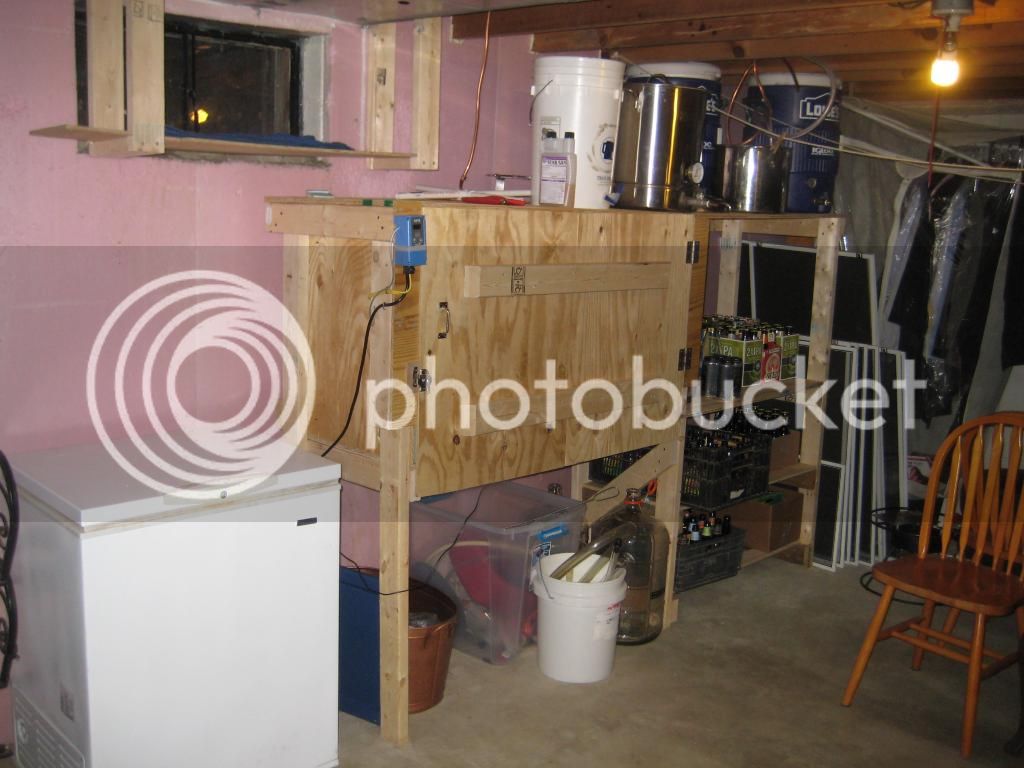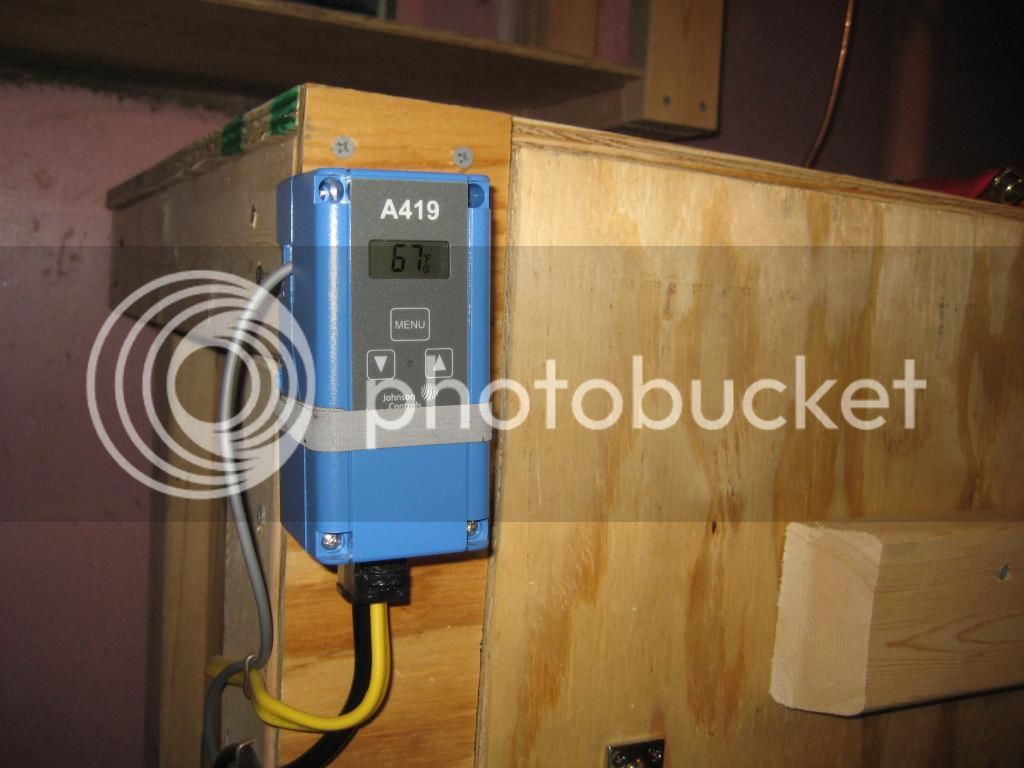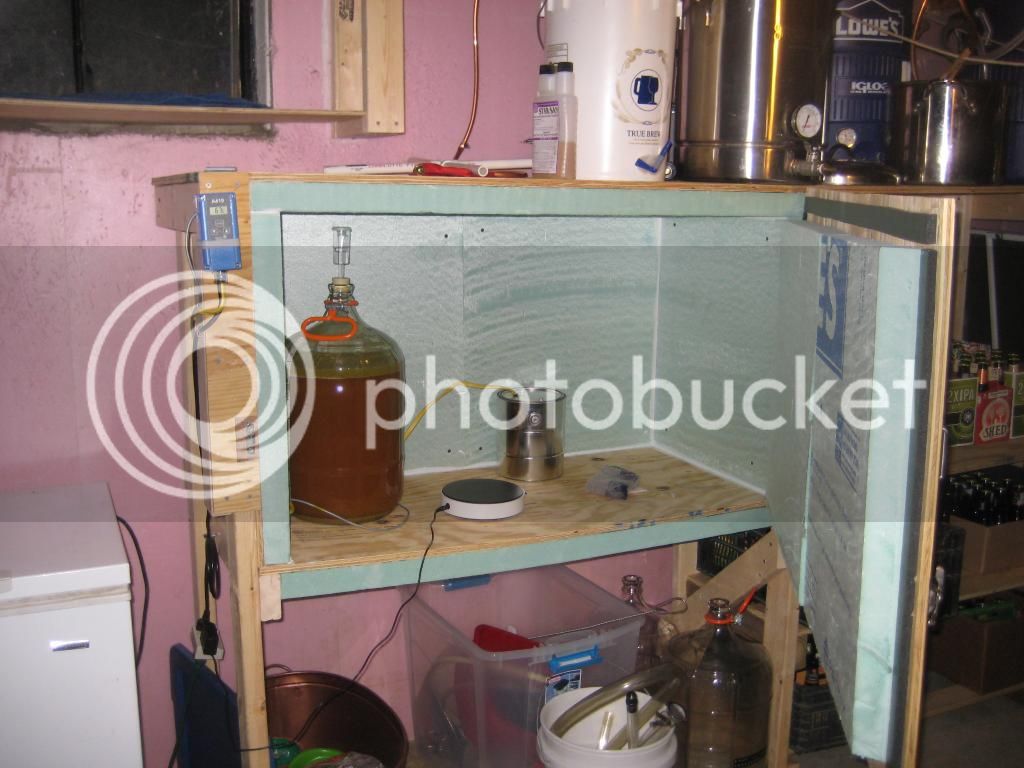Bobcatbrewing42
Well-Known Member
- Joined
- Aug 8, 2014
- Messages
- 294
- Reaction score
- 53
For getting started on recipes, Homebrewtalk has good ones. I have used a few from Ed Wort that were great. I like my Beersmith and you can do almost computer prototypes before you waste time and ingredients. After only two years of using other people's recipes, I feel confident to do my own, even using up leftover ingredients. Again-plugging into Beersmith lets you predict what it will be like. Watch your IBU's! One of the brewers from Deshutes told me that for homebrewing, the bitterness and hop flavor almost always undershoots the expected. So make sure that you are using plenty of fresh hops.







